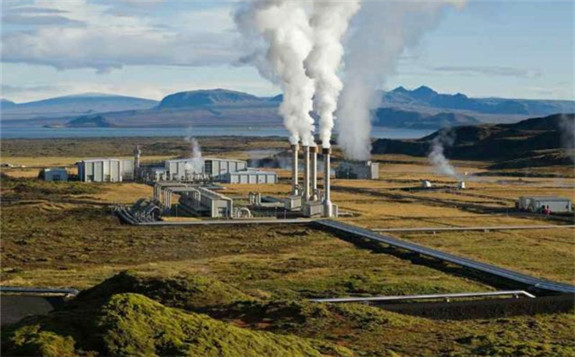A new report released by the US Department of Energy through the National Renewable Energy Laboratory (NREL) and Geothermal Rising reveals trends that shaped the geothermal energy market between 2015 and 2019 and recommendations to address market challenges through 2030.
 Image by WikiImages from Pixabay
Image by WikiImages from Pixabay
The US Geothermal Power Production and District Heating Market report explores the role of geothermal in accelerating the country’s energy transition and helping to reduce carbon emissions.
The study has found that increasing investments in geothermal energy production for heating and cooling will have a significant impact on the country’s efforts to reduce carbon emissions by 50% by 2030 and to help the electricity sector to achieve a carbon-free target by 2035. This is evidenced by the role the geothermal district heating sector is playing in helping Asia and Europe decarbonise owing to the maturity of the market in the two regions.
Although the US market is increasing at a slower pace, regulation is expected to increase the adoption of the energy resources. States including California, New Mexico, Washington, Hawaii and Nevada having developed and enacted geothermal policies. These policies are expected to help ease access to funding by geothermal projects and simplify project planning and development.
Moreover, increasing investments in technology innovation will help unlock the full potential of geothermal energy in accelerating decarbonisation. These investments need to be directed towards cutting-edge enhanced geothermal systems (EGS) technology development, new power plant operational paradigms such as hybridization, harnessing vast coproduction potential from existing oil and gas infrastructure, and critical materials extraction from produced geothermal brines.
In geothermal district heating, investments for technology research and development will need to be directed in areas including the integration of heat pump technologies with thermal energy storage, as well as the implementation and optimisation of energy districts.
In addition, new public and private stakeholders such as universities and companies like Microsoft and Google are embracing geothermal as an on-campus carbon-free heating and cooling solution for achieving decarbonization goals.
Other key study findings include;
United States geothermal power capacity increased slightly from 3.62GW to 3.673GW from the end of 2015 through the end of 2019.
During this same timeframe, the United States brought seven new geothermal power plants online, adding 186MW of nameplate capacity, while 11 plants were retired or classified as nonoperational, subtracting 103MW of nameplate capacity.
Since late 2019, nine new geothermal Power Purchase Agreements (PPAs) have been signed in four states, which include plans for the first two geothermal power plants to be built in California in a decade.
There are 23 geothermal district heating (GDH) systems in the United States which use geothermal energy to provide heat to buildings through a distribution network. The oldest installation dates from 1892 (Boise, Idaho), and the most recent installation was completed in 2017 (Alturas, California).
U.S. GDH systems tend to be smaller in size (average of 4MWth) than European GDH systems (continent-wide average of about 17MWth), and orders of magnitude smaller than the average GDH system in China (about 1,000 MWth).
Johney Green, NREL associate laboratory director for Mechanical and Thermal Engineering Sciences, said, to ensure geothermal energy plays a role in the transition to renewables “we have technical and nontechnical barriers that need to be overcome to reduce risks and costs.”
Acting Assistant Secretary for Energy Efficiency and Renewable Energy Kelly Speakes-Backman, adds: “The geothermal industry is poised to make big leaps into enhanced geothermal systems and the heating and cooling sector.
“These strides outline the potential for the widespread deployment of this important renewable resource.”